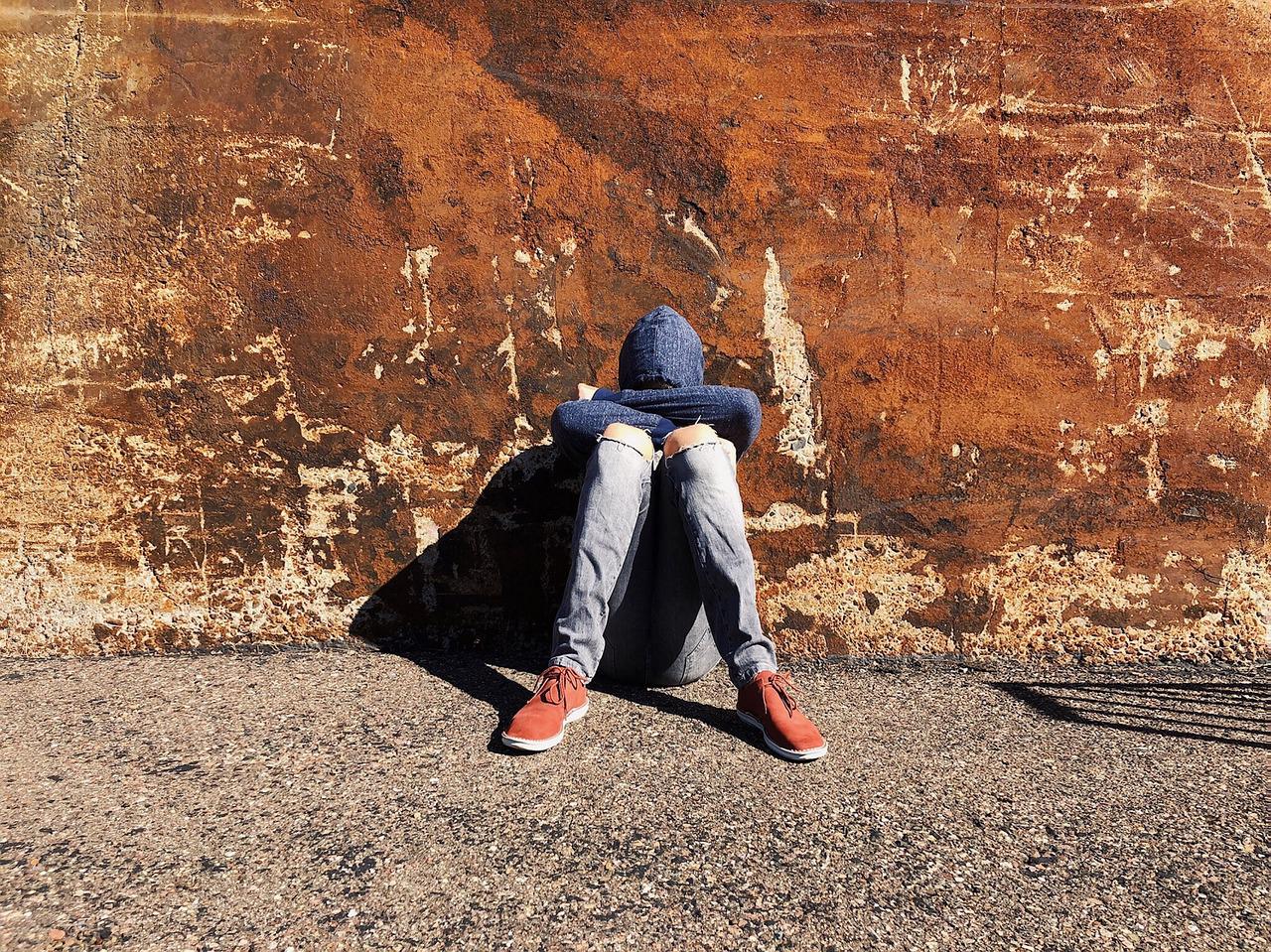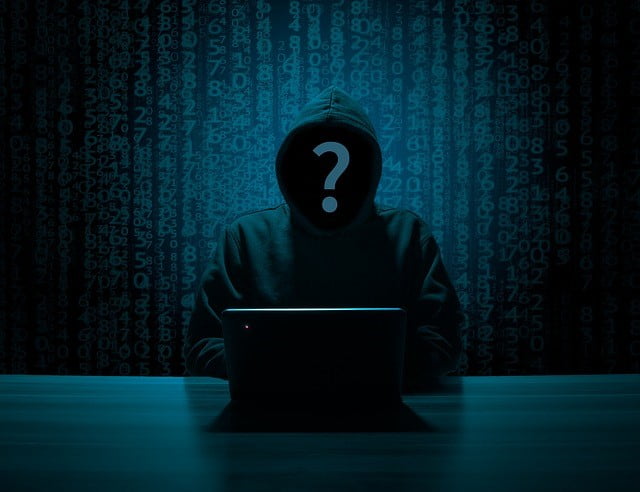A Safeguarding Hub – 20-minute read
Last week, Anne Longfield, the Children’s Commissioner for England published a report looking at the hundreds of children who are detained in institutions across the country. In the first report of its kind, the Commissioner’s office has gathered data on those children detained and living in secure children’s homes, youth justice settings, mental health wards and other residential placements.
The report, ‘Who are they? Where are they? Children locked up’, examines why so many children are locked up, where they are accommodated, the cost of keeping them, whether their complex needs are always catered for within the various establishments and whether alternative decision making may have prevented their deprivation of liberty.
In the various media reports that accompanied the publication of the report, Mrs Longfield was critical of the current system relating to children deprived of their liberty, claiming that there are hundreds of children in England “growing up behind closed doors, locked away for their own safety or the safety of others”. For us, the most shocking part of the Commissioners report is that there appears to be no single authority or organisation that has oversight or grip of the system. In effect the “system” appears is in disarray.
One of the issues highlighted in the report was the problems that face local authorities finding suitable secure accommodation. This has recently drawn adverse comment from the judiciary who have criticised the fact that when beds are unavailable, some local authorities have instead been applying for deprivation of liberty authorisations, and then placing children in alternate unsuitable non-approved settings. This is detrimental to the child and potentially places that child at risk, either from themselves or others. The phrase ‘quasi-secure’ homes has been used by a senior Judge to describe this situation, criticising the fact that family courts are frequently asked to approve the accommodation of children, but have no means of checking or auditing the suitability of that accommodation.
At the same time that the Commissioner released her report, the United Nations raised concerns over the UK’s record on dealing and investigating the sexual abuse of children in detention. The committee at the UN relied on evidence from our own Independent Inquiry into Child Sexual Abuse (IICSA) looking at the sexual abuse of more than 1,000 children in detention between 2009 to 2017, in accommodation which included young offender facilities, secure training centres and secure children’s homes.
The Local Government Association (LGA) responded to the Commissioner’s report by pointing out that there had been a “significant rises in demand for urgent child protection work and a £3.1 billion funding gap facing children’s services by 2025”. We believe that LGA Chair, Cllr Antoinette Bramble was honest in her assessment, describing the lack of funding as a reason why local authorities were struggling to put in place early interventions and support for children before their issues escalate and become more complex. The Councillor called on the government to address the shortfall in their forthcoming Spending Review.
For those that work in secure children’s homes, the release of these two reports may well have been viewed as unfair finger pointing, a kick in the teeth and potentially a blow to morale. These news pieces may well have prompted a degree of irritation, if not anger. We think it is important to acknowledge that most of the managers and staff working in these homes are doing their absolute best when dealing with extremely challenging children with very complex needs. It is also important to recognise that the Commissioner’s report is not a criticism of individual homes, but focuses on the overall system and processes across all forms of children’s secure accommodation. In fact, within the report, the Commissioner acknowledges that “many children in these settings are likely being well cared for”.
It is a welcome document because it throws light on inconsistencies and failings that currently exist which include:
- a lack of a data and how it is gathered (on those children in the system).
- differing ways children can be detained and enter the system, with no single point of access.
- differing ‘overseeing’ bodies – Ministry of Justice, Department for Education, NHS England and Local Authorities.
- the appropriateness of the settings.
- legal confusion.
The Commissioner makes it clear that this lack of transparency means that there are children in the system who are ‘invisible’. There is no doubt that secure accommodation is needed for the relatively small number of cases where it is the only option left to protect a child from significant harm. However, we now know that changes are needed to make processes and system fit for purpose – that is putting child’s welfare at the forefront, from the initial legal process, right through to discharge from the home and the care package thereafter.
The Commissioner’s report, a summary of the main findings and recommendations can be found on the Commissioners webpage.
Here is our brief guide to Secure Children’s Homes (primarily for children placed on welfare grounds).
A secure children’s home is a home that provides care and accommodation, but also restricts a child’s liberty. It is effectively a locked environment where the child is prevented from leaving. Homes provide full residential care, therapeutic programmes, on site educational and healthcare facilities. There are currently 15 secure children’s homes within England and Wales, equating to around 120 beds. Some secure homes only take children who have been placed there on youth justice grounds (see below), whilst others only take those who are placed by a local authority on welfare grounds. Two of the 15 take a mixture of both. To keep a child in a secure children’s home it costs an estimated £210,000 per child, per year. Homes have to be approved by the Secretary of State for Education and are Ofsted regulated.
For more information on the homes, visit the Secure Children’s Homes website.
The restriction of a child’s liberty is a serious step which should only be taken where it is necessary and there is no feasible alternative. Where a Local Authority and not the court intends to place a child in secure accommodation, they have a duty to explore and consider all other viable choices beforehand. Any decision to place or initiate steps to place a child in a secure accommodation should be authorised by a nominated senior manager. Children may be placed in secure children’s homes if they:
- receive a custodial sentence and the Youth Justice Board makes a decision to place them there;
- are remanded to youth detention accommodation;
- are subject to a welfare placement under Section 25 (Children Act 1989).
Section 25 Children’s Act 1989 - provides that a child may not be placed in secure accommodation unless:
- he/she has a history of absconding and is likely to abscond from any other description of accommodation; and
- if he absconds, he is likely to suffer significant harm; or
- that if he is kept in any other description of accommodation, he is likely to injure himself or other persons.
Applying for a secure order –The threshold for satisfying a court that it is in the child’s best interests to be placed in secure accommodation is high. The court will need to be satisfied that all the statutory criteria have been met. The child will need to be legally represented in court unless the child, having been informed of their right to apply for representation, refuses or fails to take up that option. The court must appoint a CAFCASS officer as children’s guardian to safeguard the interests of the child, unless it believes it is unnecessary to do. For a child to be placed in a secure children’s home, they need to be a Looked After Child or to be accommodated by health or education authorities, unless exceptional circumstances apply.
The potential to place a child into secure accommodation should be looked at with the overall care plan in mind. It should be a last resort where there are no other opportunities and alternatives. The authority should consider how will this deprivation of liberty impact on the child, both short and long term. Whilst one of the reasons for using secure accommodation might be to protect others, the overriding principle should still remain the child’s welfare. They should continue to be afforded the same rights of any child who is looked after and accommodated by the local authority.
Future planning is essential. The child’s social worker should work towards a plan to end the secure accommodation at the earliest opportunity, considering a strategy and putting in sufficient support for when the placement ceases to become necessary e.g. the criteria for secure no longer exist.
The maximum period a court may authorise a child to be kept in secure accommodation is 3 months. Where the placing authority believes, the placement should continue beyond the period specified in the initial court order, a further application must be made to the court. Thereafter a court can authorise a child to be kept in secure accommodation for a further period of up to 6 months on subsequent applications.
The court's authority (Secure Accommodation Order) is not always required for the first 72 hours for a child to be placed in secure accommodation. This means a Director of Children’s Social Services can place a child into secure accommodation without leave of the court for up to 72-hours in any 28-day period. The use of this local authority power is intended as an emergency provision, normally where there is no time to apply to the court because the circumstances are serious. However, if the local authority believes that the child needs to be in secure accommodation for longer, an application must be brought before the court within the 72-hour period (factoring in days where the court will not sit).
Children can be placed in secure accommodation between the ages of 10 and 17, although authorities must obtain the approval of the Secretary of State before placing a child under the age of 13 in a secure children’s home. This also applies to the use of the ‘emergency 72 hours’ meaning that whilst they do not need the authority of the court, they will still first need to obtain approval from the Secretary of State for Education where the child is under 13. Where the original placement is extended, then there is no requirement to obtain further authority from the Secretary of State. However, if the placement ends and a new secure placement is found, then a new authority from the Secretary of State will be required. It will be extremely rare for a child aged 17 to be placed in secure accommodation.
The circumstances of a child’s placement in secure accommodation must be subject of a continuous review. The initial secure accommodation review meeting must be held within one month of the start of the placement and thereafter reviews must take place at intervals not exceeding 3 months. The review should consist of a panel of at least 3 people, with a degree of independence. This will be in addition to statutory reviews of the child’s overall care plan, which are still a requirement and should still be completed. If during the order the review panel concludes that the child no longer meets the criteria for secure accommodation, then they should recommend to the responsible authority that the child be removed. This should prompt an urgent statutory review of the child’s care plan, chaired by their IRO. That review should consider how a non-secure setting will best meet the needs of the child and a plan should be put in place to manage any proposed move.
A children’s home can provide secure accommodation only if it has been approved by the Secretary of State. A home must be able to provide the same quality of care and meet the same standards of other (Ofsted) regulated care homes, but additionally be able to maintain a secure environment. Although secure, the home should still provide a child with a certain amount of privacy and there should not be unnecessary and in invasive surveillance/observations.
Children should not routinely be kept in the police station overnight, after they have been charged with a criminal offence. Children refused bail should be transferred from the police station to local authority accommodation. The legislation that covers this area is Section 38(6) Police and Criminal Evidence Act (PACE) 1984.
Where a child is arrested for an offence and subsequently charged, the custody officer, the officer in charge of a police custody area, can either grant the child bail to attend court, or refuse bail and keep the child in custody pending their first court appearance. The starting point for any custody officer is that any person, child or adult has a presumed right to bail. However, bail can be refused if there are reasonable grounds to believe that any of the following conditions apply:
- the child’s identity is doubted or not known
- that the child will fail to appear at court
- to prevent the child committing further offences (but only applies where the child has been charged with an imprisonable offence
- if it is necessary to prevent the child from causing injury to any other person or causing loss or damage to property
- to prevent interference with the administration of justice or the investigation
- for the child’s own protection
- that it is necessary to take a sample under the PACE (age 14+ only)
- of the child is charged with a serious violent/sexual offence (as listed in section 25(2) Criminal Justice and Public Order Act (CJPOA) 1994) and they have previously been held in youth detention for any listed offence and there are no exceptional circumstances to justify bail.
The application to refuse bail and keep the person in custody is made by the officer(s) investigating the offence(s). The custody officer should be impartial when considering the above criteria, being mindful that they have a duty under Section 11 Children Act 2004 to safeguard and promote the welfare of all persons under the age of 18.
Where bail is refused under 1 or more of the above criteria there is a duty placed on the custody officer to transfer the child to local authority accommodation, rather than keeping them in a police cell or detention room overnight. However, this doesn’t have to take place where a custody officer certifies that:
- it is impracticable to move the child to local authority accommodation; or
- the arrested child has attained the age of 12 and no secure accommodation is available and keeping the child in non-secure local authority accommodation would not be adequate to protect the public from serious harm from the child. Non-secure accommodation would include Foster care or children’s home.
If it is deemed impracticable to transfer a child, the custody officer must complete a Juvenile Detention Certificate which must then be produced to the court explaining why the transfer was not possible and child was kept in a police cell overnight.
Our view: This is clearly an area where both police and social care need to improve. From a police point of view more needs to be done to apply the legislation as the law makers intended it. This means looking at the wording. So, where it states, “impracticable to move the child to local accommodation” this pretty much means extreme weather or where repeated efforts to contact the local authority are met with no response. Most parts of the UK just don’t get the type of weather the legislators were referring to. Where a road is blocked in the Highlands of Scotland it is understandable, but you would have to stretch the imagination to justify not moving a child in a city area. Likewise, in 2017 there shouldn’t be a problem in communicating with the Local Authority out of hours. If there is then there is something seriously wrong and this should be rectified immediately at senior level in both services.
Protecting the public from serious harm has a high threshold test. Serious harm means ‘death or serious injury, whether physical or psychological’.
From a local authority point of view there should be a system in place to deal with both types of request (non-secure and secure) both in and out of office hours. When non-secure accommodation is requested, there is an absolute duty on local authority to provide accommodation whereas the same does not apply to secure accommodation, albeit every effort should be made to find a secure placement.
Remember for the child kept in a police station after charge, their legal representative will be intrusive as to whether both police and local authority have followed the correct procedures and where they haven’t, you can bet on the fact that they will highlight this to the court. This is a difficult area for both organisations to manage, often dammed if we do and dammed if we don’t. Even where the system works perfectly, there can be issues. For example, we have seen on many occasions, police and local authority working together and fulfilling their duty, with a child being transferred to non-secure accommodation, only for an hour later the child walks out of the accommodation and goes missing. Whilst one aspect of child safeguarding and care has ended (ensuring the child is not in a police cell) a new safeguarding issue now presents (missing). We can only do our best despite the criticism that the media and others often unfairly level at us.
Thanks for reading

Get Involved!
Share Your own Safeguarding News and Research to reach a wider Audience
From Our Blog
Types of Child Exploitation
An overview of differnt types of child exploitation, including sexual exploitation, county lines and criminal exploitation
Sextortion – Guide and Resources
Sextortion – a guide and links to useful resources.
DVPOs and DVPNs – Guide and Resources
Domestic Violence Protection Notices (DVPNs) and Domestic Violence Protective Orders (DVPOs) – a guide and links to useful resources.
Type 4 FGM – mixed messages
Is labia stretching a form of FGM? What are the views of the World Health Organisation? Is it against the law?
Related Posts
The Safeguarding Hub
Share Your Safeguarding News And Research To Reach A Wider Audience









